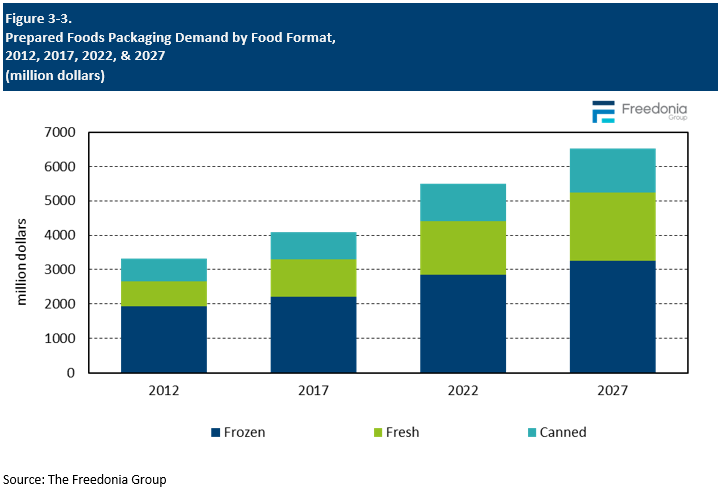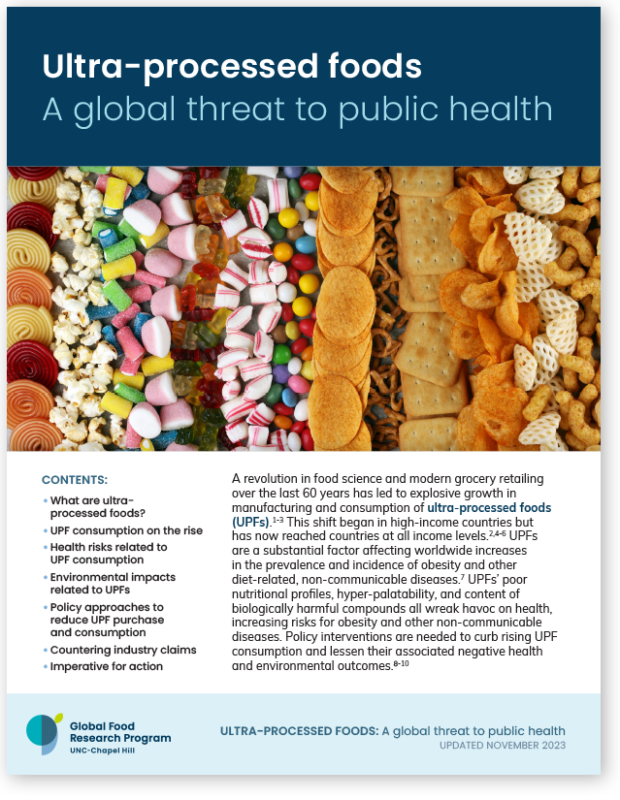Decoding Umami - MSG's Role in Fermented Cheese's Depth of Flavor

The Science of Umami in Fermented Cheese Fermented cheese is prized for its complex, savory flavor profile, which is deeply rooted in the science of umami taste. This distinctive taste is largely attributed to the presence of glutamates, naturally occurring amino acids that play a pivotal role in enhancing the depth and richness of cheese. Glutamates: The Umami Contributors Glutamates are amino acids that occur naturally in many foods, including fermented cheese. They are the key contributors to the umami taste, often described as savory, meaty, or brothy. In fermented cheese, glutamates are formed through the breakdown of proteins during the aging process. This process involves enzymes that split proteins into smaller peptides and amino acids, including glutamates. Monosodium Glutamate (MSG): Synthetic Umami Enhancement Monosodium glutamate (MSG) is a synthetic version of glutamate, commonly used as a flavor enhancer in various cuisines. MSG amplifies the umami taste in foods, making it a popular additive in many products. However, in the context of fermented cheese, the naturally occurring glutamates are the primary source of umami flavor. The Role of MSG in Fermented Cheese While MSG is not typically added to fermented cheese, understanding its role helps clarify the significance of glutamates in umami taste. The synergy between naturally occurring glutamates and other compounds in cheese creates a rich, complex flavor profile. The presence of MSG in other foods can also enhance the overall umami experience when paired with fermented cheese. Breakdown of Glutamates in Fermented Cheese The concentration of glutamates in fermented cheese varies depending on factors such as: Type of cheese: Different types of cheese, such as Parmesan, Roquefort, and Gouda, have distinct glutamate levels. Aging process: The length and conditions of the aging process significantly impact glutamate formation. Microbial activity: The type and extent of microbial fermentation influence glutamate production. Conclusion The science of umami in fermented cheese reveals the intricate role of glutamates in crafting its distinctive flavor. While MSG enhances umami in other contexts, the natural occurrence of glutamates in fermented cheese is the primary source of its savory depth. Understanding this complex interplay deepens appreciation for the rich flavors found in fermented cheese.How Fermentation Impacts MSG Levels Fermentation plays a pivotal role in enhancing the depth of flavor in cheese, particularly in relation to MSG (monosodium glutamate) levels. But how exactly does this process contribute to the umami taste? Breakdown of Proteins
The Liberation of Glutamates
Fermentation processes break down proteins into amino acids, including glutamates. This breakdown is crucial, as glutamates are the amino acids responsible for the umami flavor. During fermentation, microorganisms like bacteria, yeast, and mold convert proteins into these naturally occurring amino acids.
Microorganisms' Contribution
The Role of Microbial Fermentation
Microorganisms such as bacteria and yeast significantly contribute to glutamate production. As they feed on lactose and other compounds in the cheese, they release enzymes that break down proteins into glutamates. This microbial fermentation process amplifies the umami flavor, making it more pronounced and complex.
Aging and Concentration
The Aging Process: Intensifying Umami
The aging process further concentrates glutamates, intensifying the umami flavor. As cheese ages, moisture evaporates, and the concentration of glutamates increases. This concentration enhances the depth and richness of the umami taste, making aged cheeses like Parmigiano-Reggiano and blue cheese particularly renowned for their robust flavors.
Synergistic Effects
The Harmony of Flavors
The combination of glutamates, other amino acids, and compounds produced during fermentation creates a harmonious balance of flavors. This synergy amplifies the overall taste experience, making fermented cheese a true delight for the palate.
Conclusion
Unraveling the Mystery of Umami
In conclusion, fermentation is the key to unlocking the rich, savory flavor of umami in cheese. By breaking down proteins, harnessing microbial contributions, and concentrating glutamates through aging, cheese makers can craft complex, depth-charged flavors that delight and intrigue the senses.
The Debate: Natural vs. Synthetic MSG The use of Monosodium Glutamate (MSG) in food products has long been a contentious issue, with some advocating for its benefits and others raising concerns about its potential health impacts. This debate extends to the realm of fermented cheese, where MSG occurs naturally as a result of the fermentation process. In this section, we'll delve into the arguments surrounding natural versus synthetic MSG. Critics' Concerns: Potential Health Risks of Synthetic MSG
Critics' Concerns: Potential Health Risks of Synthetic MSG
Those opposed to MSG argue that the synthetic version, commonly used as a flavor enhancer in processed foods, can have adverse health effects. These concerns include: Headaches and migraines Nausea and digestive issues Allergic reactions Critics often point to studies suggesting that synthetic MSG can cause these symptoms, leading some consumers to seek MSG-free or low-MSG alternatives. Proponents' Perspective: Natural MSG in Fermented Cheese
Proponents' Perspective: Natural MSG in Fermented Cheese
On the other hand, proponents of MSG argue that the naturally occurring version found in fermented cheese is fundamentally different from its synthetic counterpart. They contend that: Natural MSG is integrated into the cheese's complex flavor profile. The fermentation process yields a distinct, nuanced glutamate experience. Proponents emphasize that natural MSG has been consumed safely for centuries in fermented foods. Scientific Consensus: Equivalence of Natural and Synthetic MSG
Scientific Consensus: Equivalence of Natural and Synthetic MSG
Research suggests that the human body processes both natural and synthetic MSG similarly. Studies have shown: The body metabolizes MSG regardless of its source. No significant differences in absorption or utilization. This scientific consensus undermines the notion that natural MSG is inherently safer or more beneficial than synthetic MSG. Conclusion The debate surrounding natural versus synthetic MSG in fermented cheese highlights the complexities of flavor enhancement and food science. While critics raise valid concerns about potential health risks, proponents emphasize the distinct nature of natural MSG. Ultimately, the scientific consensus indicates that both forms are processed similarly by the body.
Exploring Fermented Cheeses Rich in Natural MSG
Fermented cheeses have long been revered for their complex, depth-filled flavors, and a key contributor to this richness is the presence of natural MSG (monosodium glutamate). MSG is often misunderstood, but in its natural form, it's a game-changer for cheese enthusiasts. Let's delve into three iconic fermented cheeses that boast high levels of glutamate, the amino acid responsible for the coveted umami taste.
Parmigiano-Reggiano: The Glutamate Powerhouse
Parmigiano-Reggiano, a flagship Italian cheese, is renowned for its nutty, fruity flavors and crumbly texture. Aged for a minimum of 12 months, this cheese develops exceptionally high levels of glutamate, ranging from 1,200 to 1,400 mg per 100 grams. The lengthy aging process breaks down proteins into glutamic acid, intensifying the umami taste. This is why Parmigiano-Reggiano is often grated over pasta dishes, salads, and soups, adding an unmistakable depth to each recipe.
Roquefort: The Pungent French Classic
Roquefort, France's iconic blue cheese, is a masterclass in bold, savory flavors. With a glutamate content of around 1,000 mg per 100 grams, Roquefort's distinctive veining and pungent aroma are testaments to its natural MSG. The cheese's unique aging process, which involves introducing a type of mold (Penicillium roqueforti), accelerates glutamate production. When paired with sweet or acidic ingredients, Roquefort's umami profile shines, creating unforgettable flavor combinations.
Gouda: A Dutch Delight with Hidden Depth
Gouda, the Netherlands' beloved cheese, boasts a surprisingly rich glutamate profile, especially in its aged varieties. Smoked or aged Gouda can contain up to 600 mg of glutamate per 100 grams, lending a nutty, caramel-like flavor. The Maasdam or Leiden varieties, with their distinctive holes and golden hue, are particularly notable for their umami taste. When melted or grilled, Gouda's natural MSG enhances its overall flavor, making it a versatile favorite among cheese enthusiasts.
These iconic cheeses showcase the incredible diversity of fermented, glutamate-rich dairy delights. By embracing the natural MSG within these cheeses, we can unlock new dimensions of flavor and appreciation for the art of fermentation.
Conclusion: Savoring the Complexity of Fermented Cheese After delving into the realm of umami and its intimate relationship with MSG in fermented cheese, it becomes clear that the depth of flavor in these artisanal delights is truly a symphony of complexity. The Indispensable Role of MSG MSG, whether occurring naturally or synthesized, plays a pivotal role in enhancing the umami taste in fermented cheese. Its ability to amplify and balance flavors transforms each bite into an exquisite experience. The synergy between MSG and other compounds in cheese creates a rich tapestry of flavors that tantalize the palate. Unveiling the Science Behind Umami Understanding the scientific principles behind umami enhances our appreciation for the craftsmanship that goes into creating artisanal cheeses. By recognizing the biochemical processes that unfold during fermentation, we gain a deeper respect for the patience and skill required to coax out these complex flavors. Embracing the Nuances of Fermented Cheese As we explore the diverse world of fermented cheese, we discover an astonishing array of flavors. From the pungent boldness of aged cheddar to the creamy subtlety of brie, each variety offers a unique umami experience. Embracing these nuances encourages us to venture beyond familiar tastes, exploring the vast and rewarding landscape of artisanal cheeses. A Celebration of Flavor and Craftsmanship In conclusion, the interplay between MSG and umami in fermented cheese is a testament to the beauty of culinary science. As we savor each delicious bite, we honor not only the rich flavors but also the dedicated artisans who meticulously craft these gastronomic treasures. By embracing the complexity of fermented cheese, we open ourselves to a world of unparalleled flavor experiences – a journey that promises to delight, surprise, and inspire even the most discerning palates.



:max_bytes(150000):strip_icc()/dog-treats-glass-storage-container-3f5d7e36-81df4011d844459c9272c9c8404bc38d.jpg)









Comments ()